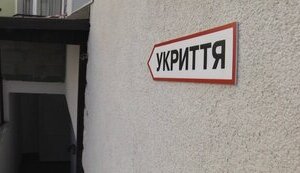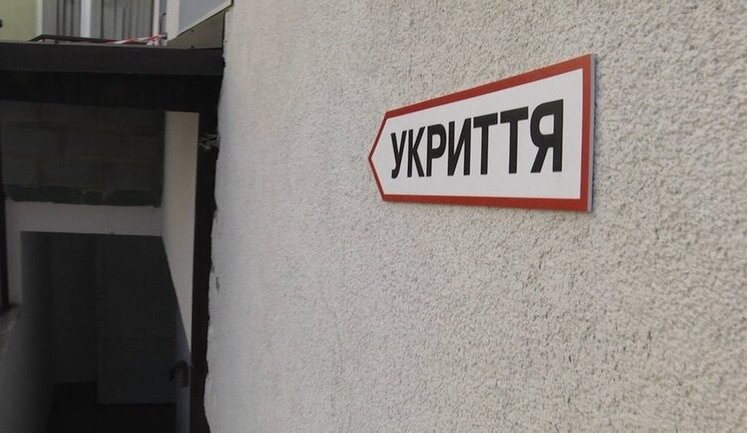Ukraine remains under the constant threat of air alerts as Russia continues its aggressive military actions, frequently launching MiG-31K aircraft carrying hypersonic "Kinzhal" missiles. These takeoffs have resulted in numerous air alerts being declared across Ukraine and neighboring regions. The Air Force continually monitors these threats, providing timely updates to ensure civilian safety. Recently, missile strikes and drone attacks have become more frequent, affecting areas such as Kyiv, Kharkiv, and Poltava. The air alerts serve as crucial warnings, allowing communities to take necessary precautions. The situation remains volatile, with the Air Force on high alert to protect Ukrainian skies.
What triggers an air alert in Ukraine?
Air alerts in Ukraine are typically triggered by the detection of airborne threats such as MiG-31K fighter jets or missile launches from Russia, including hypersonic "Kinzhal" missiles. The Air Force monitors these threats closely and issues alerts to warn civilians of potential dangers, allowing them to seek shelter.
How often do air alerts occur in Ukraine due to MiG-31K takeoffs?
Air alerts occur frequently in Ukraine whenever a Russian MiG-31K takes off, as these jets are potential carriers of the "Kinzhal" hypersonic missiles. The frequency of such alerts highlights the ongoing security challenges faced by the country and the vigilance required to respond to these threats promptly.
What areas are most affected by air alerts in Ukraine?
Regions most affected by air alerts in Ukraine include Kyiv and its surrounding areas, as well as other key cities like Kharkiv, Poltava, and Kropyvnytskyi. These areas are frequently targeted due to their strategic importance, prompting regular alerts to safeguard civilian populations.
What actions are taken during an air alert in Ukraine?
During an air alert in Ukraine, residents are advised to seek immediate shelter and follow instructions from local authorities. The air alert system is designed to provide early warnings, allowing people to protect themselves from possible missile or drone strikes. The Air Force actively intercepts threats to minimize risk.
Can other countries experience air alerts like those in Ukraine?
Yes, other countries, such as Germany, have experienced air alerts due to their national emergency systems. For example, Germany activated its nationwide warning system, Warntag, which included air raid sirens to test preparedness. These systems are crucial in managing real or perceived threats.
What role does the Ukrainian Air Force play in managing air alerts?
The Ukrainian Air Force plays a pivotal role in managing air alerts by monitoring enemy aircraft and missile threats. They are responsible for detecting and intercepting airborne dangers, issuing timely warnings to civilians, and working to neutralize incoming threats to ensure public safety.
How does an air alert affect daily life in Ukraine?
An air alert significantly disrupts daily life in Ukraine, prompting individuals to seek shelter and temporarily halt their activities. The alerts are a reminder of the conflict's ongoing reality, requiring vigilance and quick responses while impacting routines, business operations, and public gatherings.











































